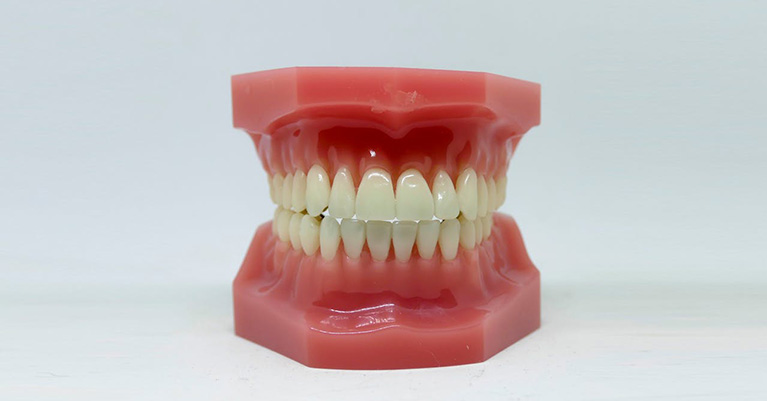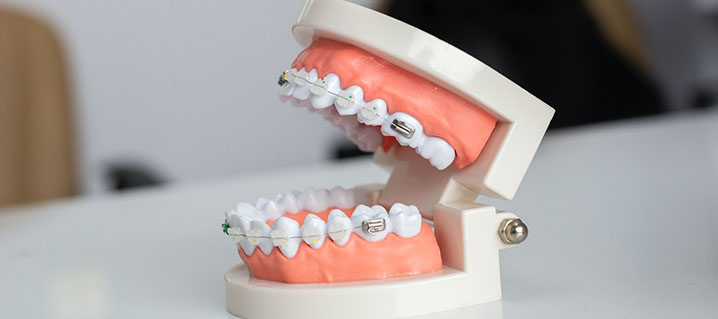Receding Gums
2 September 2020
6 min read
By Dr. Azim Malik Specialist Periodontist and Implant Surgeon
There are many causes of receding gums.
One of the main causes is periodontitis, which is advanced gum disease.
Receding gums meaning
The bone is pretty much what holds the gum in place. If you lose the bone, then the gum will usually follow.
So then when you’ve got periodontitis – and you've lost bone – the gum creeps towards the bone naturally.
And when it does so, it moves away from the crown portion of the tooth – the white portion of the tooth.
And it leads to what is called recession.
Other receding gums causes
Sometimes orthodontic treatment can lead to receding gums.
Traumatic brushing is another cause.
It can be treated with soft tissue grafting or maybe by even growing some bone back.
But there are certain types of recession defects that we can’t do much about.
Receding gums treatment
What we can do with modern day composites and bonding is that we can attempt to close or mask these recessions.
Can receding gums be reversed?
Yes, they can to an extent – depending on the situation.
Can receding gums grow back?
We do some types of surgery where we put them together.
But, without treatment or any surgical intervention, you won't reverse the recession.
Receding gums symptoms
Sensitivity is one symptom.
Inflammation or redness around the gum is another.
Patients often complain of yellow bits of their tooth showing.
They can also complain about food packing. So they'll say they have gaps in between their teeth or black triangles is a common term used.
How do you fix receding gums?
If receding gums is something that concerns you aesthetically, then there are certainly things that we can do.
That could involve a mixture of veneers and composite bonding to close the gaps and stabilise the gum disease.
In certain cases, we can reverse the recession by performing soft tissue grafting, gum grafting, and perform some surgery to minimise the recession.



